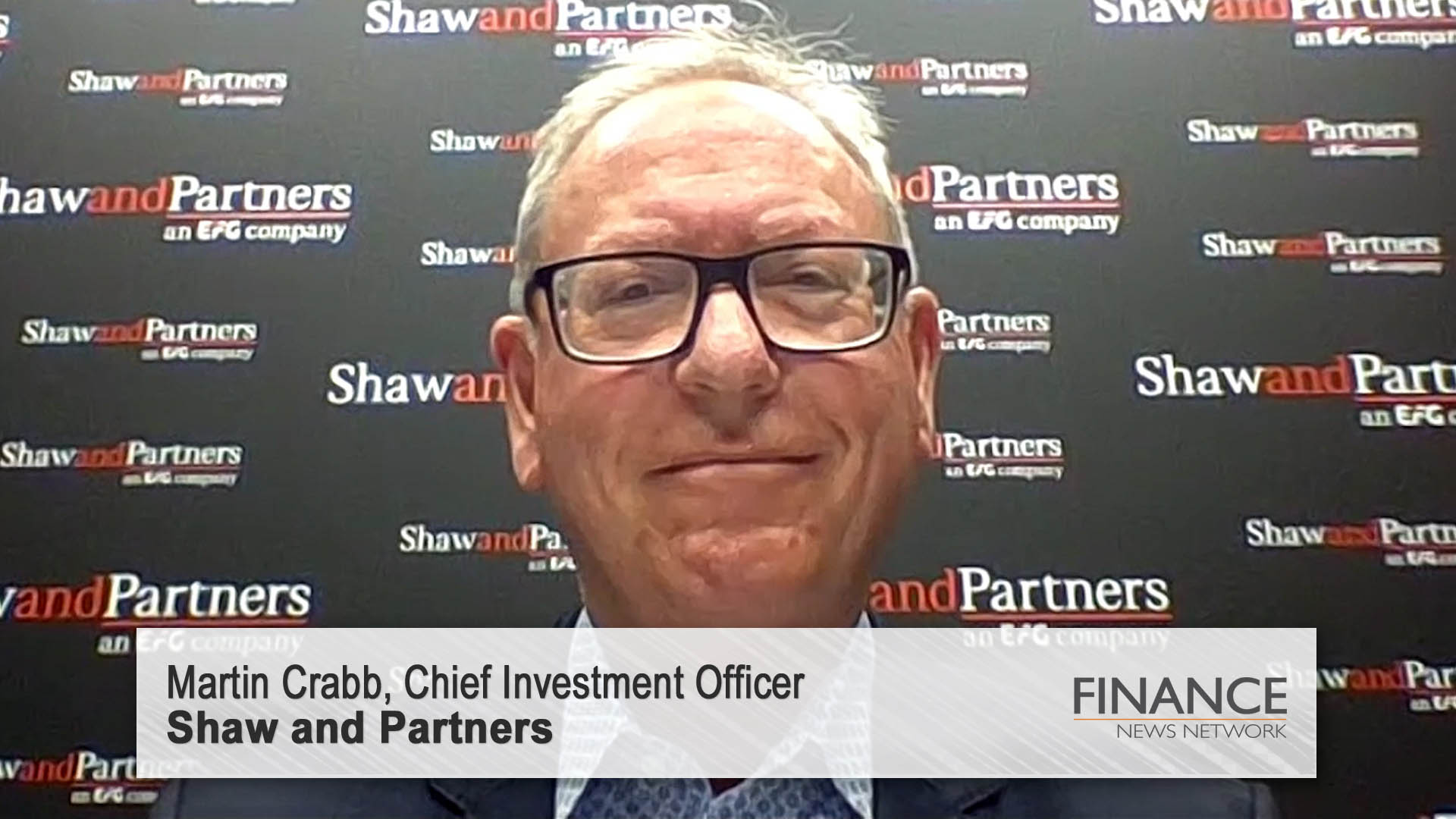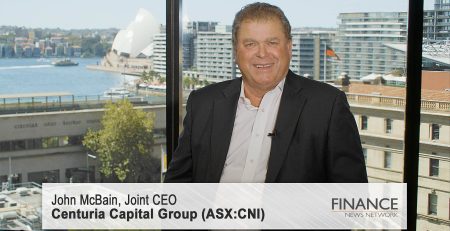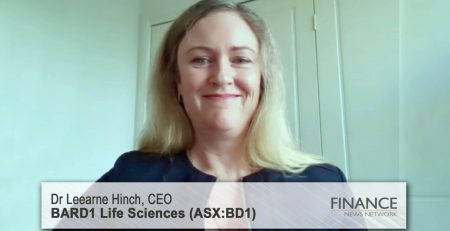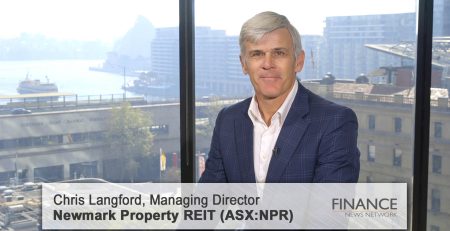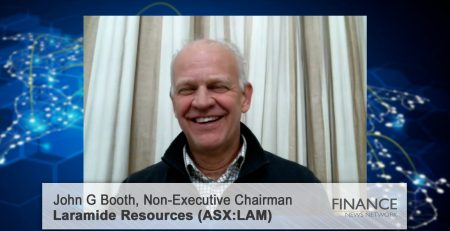Market update with Shaw and Partners, April 2023
Shaw and Partners Chief Investment Officer Martin Crabb discusses the possibility of falling inflation, immigration and the tight labour market, and the outlook for the equity market.
Thanks, Tim, and good afternoon, everyone, wherever you're watching this. Shaw and Partners are proud to be involved with the ShareCafe team and Finance News Network in helping present along these things. So, every month or so I get my ugly dial-up here and talk about markets. And I just like to think of the narrative that's been building this year, from a very bearish start to the year, where most investors were pretty cautious about the outlook for 2023, and most people were predicting a global recession and big revisions to earnings estimates and a big falling in consumption. And, as the year's progressed and the data's come through, we've probably been pleasantly surprised as an investment community by the resilience of the consumer, where spending's still quite strong. You know, employment is pretty strong, as we saw with the Australian employment data yesterday, adding another 53,000 jobs for the second month in a row. Wages, you know, not out of control, but quite robust. ABS stats suggests wages are growing at around 3.5 per cent on a national basis. So, you look at a 5 per cent increase in hours worked and full-time employment and a 4 per cent increase in wages, you're looking at 8 or 9 per cent household income growth, so that's not recessionary conditions. So, even with a bit of inflation, that's pretty strong. So, the underpinning of the global economy being really domestic consumption or household consumption, very strong in Australia, but also pretty strong in the United States as well, where we're seeing consumers continuing to spend money, albeit less on goods and more on services, which is really underpinning pretty solid economic growth.
At the same time, the falling inflation narrative that Tim spoke about, we've had, you know, the official consumer price in index out in the US, and then we had the producer price index out last night, and both showing pretty substantial falls in inflation. So, our headline CPI coming down from 6 to 5 per cent and PPI, producer price index, which is the prices that companies pay for goods, sort of coming down into the twos, which is really where the Fed target is. The Australian inflation data's a little bit more sticky, so we have monthly data that shows it's coming down to sort of, you know, 6 and 7 rather than 5, but still, given the base effect of this time last year, we had soaring energy prices on the back of the Ukraine-Russia conflict. You know, we're cycling that lower. So, a lot of the things that were driving inflation last year, being food, energy, used car prices, these sorts of factors, are really starting to come away.
So, we're increasingly of the view that this Goldilocks scenario of falling inflation but still full employment is becoming more likely. It's not our base case, it's not many people's base case, because history suggests the only way to really get inflation under control is to have a fall in national income and a fall in demand. And, typically, you need to put rates up a lot to achieve that. So, again, you know, a lot of central banks looking at the historical narrative saying, "Well, the last time we had inflation that was approaching double digits, we had to put rates up to 10, 15, 20 per cent to slow the economy." This time it's sort of up 3.5 in Australia and 5 in the US, and it's all already pretty clear that inflation's coming down.
So, what the equity market's beginning to discount is not so much the hard landing but more that, have the central banks done enough in terms of the tightening cycle, you know, to reduce inflationary pressures in the economy but not putting people out of work? And that's a really, really positive setup.
So, from an Australian perspective, we've suffered from a tight labour market, and a lot of companies and people who work at companies that are listening to this would testify it's really, really hard to find labour, and in particular in skilled industries where you can't just grab someone off a plane or a boat and put them on the work site, it's particularly acute. So, we look at Western Australia as a good example. You know, their employment growth's only 1.5 per cent in the past 12 months, and yet there's massive demand for labour. And the unemployment rate in Western Australia is actually below the national average. So, there's no workers, but there's also no workers coming in. So, I think that's a really difficult operating environment for companies, and it can only be alleviated one way, and that's via immigration. So, we've got this situation where we're going to have 650,000 new workers coming into Australia over the next two years. That's about a 4 or 5 per cent lift in the labour force. So, those people go into the workplace, skilled jobs, relatively well paid. And then those people are going to be consuming, forming households, buying all of the stuff you need to when you come to a new country. So, it's a really positive setup for the Aussie economy, just that immigration, so that companies can get the workers that they need and the economy gets this boost from an extra, you know, 4 or 5 per cent consumption growth.
So, that scenario is a positive one, and it's just starting to be discounted into the market. The core view for most investors, however, is that we are heading into a recession this year. Whether or not we avoid one technically because it's two quarters of negative growth is a little bit of a moot point. The issue is at what point does the consumer run out of savings that they built up during COVID, and secondly, start to feel the impacts of higher interest rates. We know about the fixed to floating mortgage story. We're about 45 per cent of the way through that. That means that people that took out fixed rate loans back in 2021, about half of them have rolled onto floating rate loans, and obviously the rate's much higher. But there's still about 50 per cent of those people that have taken out those mortgages are yet to feel that. It becomes more acute in May and June. That's the peak months for it rolling off. And then it softens after that. So, what the Reserve Bank and other commentators are looking at is how big that spending cliff's going to be.
As I said earlier, there's really no signs in the retail numbers so far that consumption is materially slowing down, but it's expected to slow down as we go through the year. Similar story in the US, where most people have a fixed rate mortgage. A year ago those rates were 3, they're now 7. So, as people move house or they upgrade their home, they'll be paying a much higher interest rate. Again, the transfer mechanism is much slower than Australia because people are on fixed-rate mortgages, but nevertheless we're seeing that.
So, what was being discounted earlier in the year was a global recession, big earnings downgrades, and the market to follow. We're not seeing that. We're seeing robust spending. The economy's holding up quite well. Interest rates look like they're paused for at least the short term, inflationary pressures are coming down, and the setup's becoming more attractive. So, we've had an equity underweight position for most of last year. We moved that to neutral over the new year period. We are looking now, I suppose, for the next iteration of that, which is an improvement in global growth. We think we need to have a much stronger signal from central banks that they're done on rates because there's still probably a chance that they continue to hike rates. But if we get a clear signal over the next couple of months that the central banks are done on rates and the next moves are down, we should start to see a pickup in growth and investment. And that would be a very strong signal for us for investors to allocate more to equities. So, we're neutral at the moment. We're just looking for those next moves in rates to give us more of a clear buy signal.
I might wrap it up there, Tim, and hand back to you, and enjoy the rest of the today's presentations.
Ends
Copyright 2023 – Finance News Network
Source: Finance News Network

